|
Let's start with something obvious: we can breathe through either the nose or the mouth. The air that goes into our lungs is the same both ways, but there are vastly different effects on our nervous system and---according to new science---our brain. A new study published in the Journal of Neuroscience showed that "memory significantly increased during nasal respiration compared to mouth respiration."
But they also stated that "core cognitive functions are modulated by the respiratory cycle." Which means that our brain is hugely impacted by how we breathe.
Anyone who has practiced pranayama, which involves a lot of nasal breathing, has probably experienced its effects on the memory. It is almost ubiquitous that breathing practices bring up old memories and stimulate dreams of the past. Keep your eyes, ears and nose open for more news about this exciting branch of neuroscience! There are sure to be more developments as we understand the brain better.
0 Comments
Breathing is central to yogic practice. Controlling the breath is far more powerful than controlling the body. It has physical, nervous and mental impacts. Here are three reasons to do breathing practices.
1. IMPROVE POSTURE AND DIGESTION By strengthening the two systems of breathing--the chest and abdomen--many muscles are strengthened. The muscles of the ribs and spine help hold the torso upright, improving posture. The muscles of the abdomen support the lower spine and massage the intestines with each breath. 2. CALM DOWN OR FOCUS The two parts of breath impact the nervous system, which controls how calm or focused we are. Breathing into the abdomen stimulates the parasympathetic nervous system, lowering our heart rate and settling the body and mind. Breathing into the chest stimulates the sympathetic nervous system, heightening our awareness and attention. 3. MIND CONTROL Controlling the breath requires communication between two distinct parts of the brain, one which is very old and one which is newer. When we breathe consciously, the coordination between these two parts creates intense focus in the mind. It is a relatively simple way to control our own minds! One of the main ways that we breathe is with our chest. The muscles between the ribs cause the ribcage to expand and lift up, drawing air into the lungs. This causes the abdominal muscles to become long as they are pulled by the upward motion of the ribs. The abdominal muscles must be relaxed for the ribs to lift fully.
We often get questions about how to hold the hand and fingers when doing Alternate Nostril breathing. As far as your nostrils are concerned, it doesn't matter how you hold the hand or what fingers you use. The only important part is breathing through one nostril at a time.
We start to need technique when we do the practice often and for long periods of time. For example, at Ghosh Yoga we practice Alternate Nostril breathing every morning for 30-60 minutes. When you hold your arm and hand in position for that long, it can get tired and sore if you're not careful. FINGERS The most common way to hold the hand is with the pointer and middle fingers curled into the palm, as pictured above. The thumb then closes one of the nostrils and the pinky and ring fingers close the other. This formation of the hand allows the wrist to be straight as you manipulate the nostrils, meaning greater comfort and wrist health over time. If you use your pointer finger to close the nostril, you will find that it forces the wrist to cock at a strange angle. This may be fine for short practices, or if you don't do it often. But over time you will find that the wrist becomes sore and achy. RIGHT OR LEFT People also ask about using the right or left hand. Either is fine. Traditionally the practices are taught with the right hand because the left hand was used to clean the body after using the bathroom. So eating, touching the face or another person with the left hand was culturally unacceptable. This is why the right hand is generally used. Since bathroom practices have changed, as have hand washing practices, it is acceptable to use the left hand for this practice. It is also acceptable to change arms and hands if one gets tired. This is almost inevitable if you do the practice for more than 5 or 10 minutes.
Most of us know that our breath functions automatically most of the time. This function---breathing without thinking---is controlled by the autonomic nervous system in one of the oldest parts of our brain: the brain stem, located at the base, where the spinal chord turns into the brain.
Most of us also know that we can control our breath consciously, choosing the speed at which we breathe and even stopping it altogether, for a short while at least. This conscious control of our breath is done by the somatic nervous system, the part that controls voluntary functions like walking, writing or playing baseball. It is located on the surface of the brain at the very back of the frontal lobe, in a place called the motor cortex. Whenever we consciously control our breathing, the motor cortex overrides the brain stem. This process takes a lot of effort from the brain, which is why it has the effect of focusing us. As an experiment, try to control your breath while doing a math problem in your head. It is difficult. When we consciously control the breath, the brain becomes still. This phenomenon is one of the key principles of pranayama (breath control) and even the most simple breathing exercises. Even for a true beginner, counting the breath or trying to control it at all calms the mind and leaves them feeling very focused. Our recent blog about the myth of oxygenation got a big response. Lots of surprise, some disbelief and a lot of requests for more information. Specifically, if deep breathing does not have a positive impact on our oxygen levels, why do we do it?
There are three huge benefits to practices of breathing: activating and balancing the muscles of breathing, which in turn affects the nervous system; balancing the hemispheres of the brain through the nostrils; and awareness and minor control of the breath-regulating parts of the brain. THE MUSCLES & THE NERVOUS SYSTEM You may have heard that some people are belly breathers and some are chest breathers. Most of us have at least a slight imbalance between the abdomen and chest, while others have extreme imbalance. This doesn’t necessarily have an effect on our ability to get oxygen, but it does have an impact on our nervous system. Generally speaking, abdominal breathing that uses the diaphragm and relaxes the abdominal muscles stimulates the parasympathetic nervous system. The opposite is true for chest breathing that uses the intercostal muscles. This stimulates the sympathetic nervous system. Neither of these is a problem until our breathing patterns become imbalanced and we breathe primarily through only one of the systems. When years or decades go by, one part of the nervous system chronically gets stimulated while the other gets suppressed. Belly breathers will be more relaxed, sleep more, have lower body temperature, be more lethargic. Chest breathers will be more energetic, more stressed, warmer, sleep less. It is vital for progress in yoga to have balance in the nervous systems. So the first step of breathing practice is to learn to use both parts of the breath, strengthening the muscles and evening the nervous systems. BRAIN HEMISPHERES The olfactory nerves in the nose go straight to the brain. They have the most direct connection to the brain of any of the senses, so their stimulation through the nostrils is potent. The breathing practice of Alternate Nostril, which goes by many names, is one of the oldest yogic techniques. By alternating which nostril we breathe into, we vary the hemisphere of the brain that we stimulate. This has a further effect on the sympathetic and parasympathetic nervous systems, and goes even further to balancing the dual nature of the body and mind. PARTS OF THE BRAIN The breath is controlled by the brain stem, the oldest part of our brain. Most of the time, we breathe with no conscious thought. But the newer parts of the brain, specifically the cortex, have the ability to override the brain stem to some extent, especially with practice. This awareness and control is very difficult and not appropriate for beginning practitioners, but it is the ultimate reason for breathing practices. Gradually we come to realize the true nature of the breath, which brings us closer to realizing the true nature of the self. (Apologies for the abstract yogi talk, but I don’t know of a clearer way to put it.) IN CONCLUSION So breathing is powerful. If we use it correctly it has the ability to balance our nervous system, the hemispheres of the brain, and even put us in touch with some deep and essential parts of our being. To me, this is all way more exciting than oxygenating the body!! How many times have you heard a yoga teacher tell you that deep breathing "oxygenates the blood?"
It isn't true. At the very least it is misleading. Our nervous system forces us to breathe at the necessary rate to fully oxygenate our blood at all times. This is true when we're resting as well as when we're running a marathon. The body's oxygen requirements are different depending on our activity, and the nervous system automatically adjusts to oxygenate the blood fully. Normal blood oxygenation is 95-100%. When we are at rest, we breathe slower since the body's oxygen demands are less. Breathing more or deeper while the body is at rest does not "oxygenate" the blood. It hyper-ventilates, which is just a way of saying breathing (ventilating) more than necessary. Anytime we breathe more than the body requires, the big change we are causing is the removal of carbon dioxide, one of the body's metabolic wastes. Hyperventilation removes more carbon dioxide than the body produces, and this leads to a whole host of physiological effects. Most significantly, the blood vessels in the brain constrict, limiting blood flow to the brain. This makes us light-headed. So that light-headed feeling you get when breathing deeply isn't energization or "oxygenation," but constricted blood vessels in the brain. Your brain is actually getting less oxygen than if you were to breathe normally! INTENTION
These two positions begin to bridge the gap between Camel, a vital posture in beginning practice, and Full Camel, the most accessible of the Full Backbends. Preparation 1, with the hands on the back of the thighs (pictured top), is a remedy to the most common problem with Camel Posture: Once we attain a certain level of ease, we are temped to push the hips forward beyond the knees. Instead, we should keep the hips over the knees and bend the spine more deeply, lowering the head and shoulders. We accomplish this by placing the hands on the back of the thighs instead of the heels (as in beginning Camel) and lowering the upper body. Preparation 2, reaching one arm overhead with the other on the back of the thigh (pic- tured bottom), helps us to open our chest and shoulders. By reaching with only one arm, we can become comfortable with this intense sensation while still supported and safe. BREATH Breath will be short in any deep backbend. The lungs are stretched, and most of the muscles of breathing are paralyzed by the extension of the front side. It is easy to panic when you feel the breath shorten. One of the vital elements of deepening your backbends is learning to stay relaxed even when your breath becomes quite short. If you sense rising panic, come out of the posture a little, and work where your breath can be calm. BENEFITS These positions allow you to gradually deepen your backbend while still supported, helping you to overcome the natural fear and disorientation that are the greatest obstactles to backward bending. Excerpt from the Ghosh Yoga Practice Manual - Advanced 1 INTENTION
In Standing Deep Breathing (with Folding Hands/Arms) we move the chest and arms in harmony with the expansion and contraction of the breath. We use the arm movements to aid us in deepening the breath, stretching and strengthening our breathing muscles. As the chest expands on the inhale, we open the arms to stretch the shoulders, chest and throat. As the chest contracts on the exhale, we draw the arms, shoulders and chest inward, easing the muscular effort and encouraging relaxation. With this exercise, slow and deepen your breath as much as possible without creating tension. If you find yourself tensing in an effort to lengthen the breath, relax your effort. Try six seconds on the inhale and six seconds on the exhale. BENEFITS This exercise stretches and strengthens the breathing muscles in the chest, upper back and belly. It increases lung capacity. Any exercise that slows the breath will slow the heart rate, lowering the blood pressure and reducing stress. An excerpt from the Ghosh Yoga Practice Manual - Beginning. |
AUTHORSScott & Ida are Yoga Acharyas (Masters of Yoga). They are scholars as well as practitioners of yogic postures, breath control and meditation. They are the head teachers of Ghosh Yoga.
POPULAR- The 113 Postures of Ghosh Yoga
- Make the Hamstrings Strong, Not Long - Understanding Chair Posture - Lock the Knee History - It Doesn't Matter If Your Head Is On Your Knee - Bow Pose (Dhanurasana) - 5 Reasons To Backbend - Origins of Standing Bow - The Traditional Yoga In Bikram's Class - What About the Women?! - Through Bishnu's Eyes - Why Teaching Is Not a Personal Practice Categories
All
Archives
April 2024
|

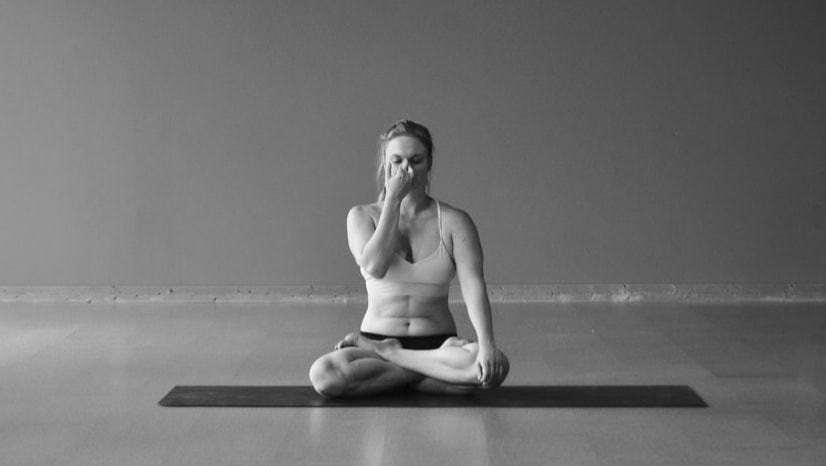
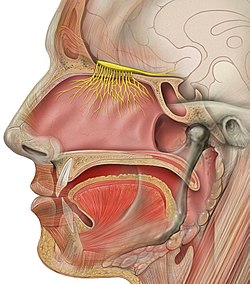
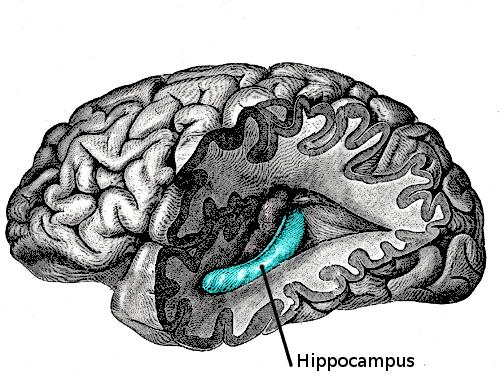
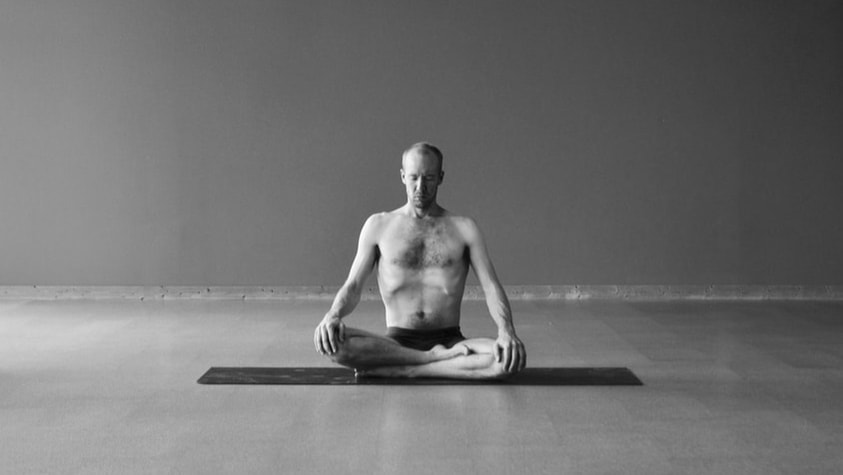
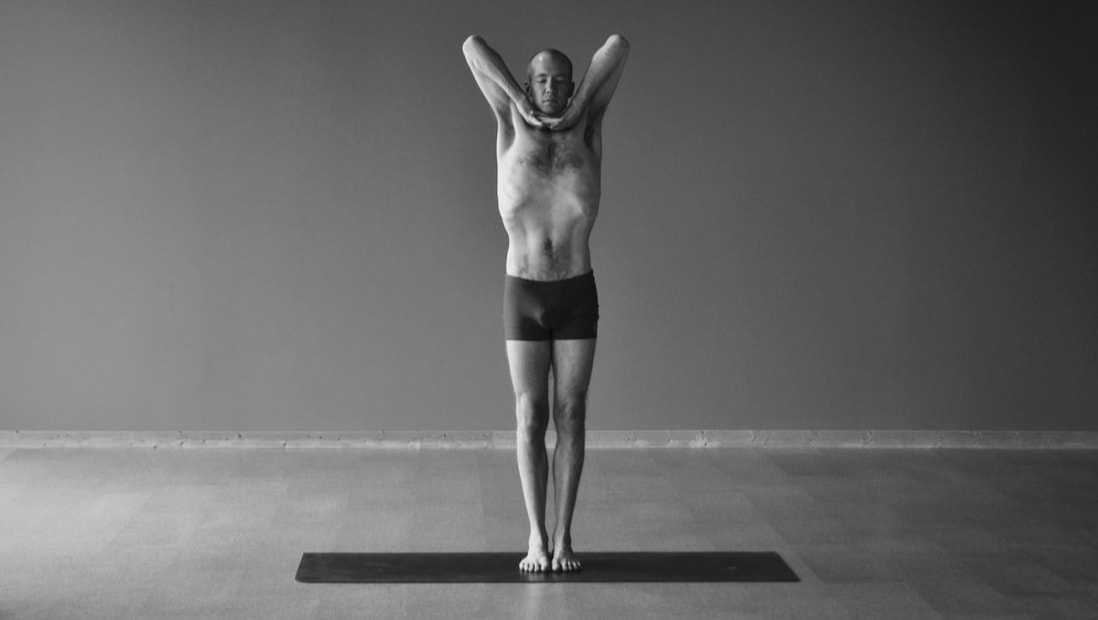
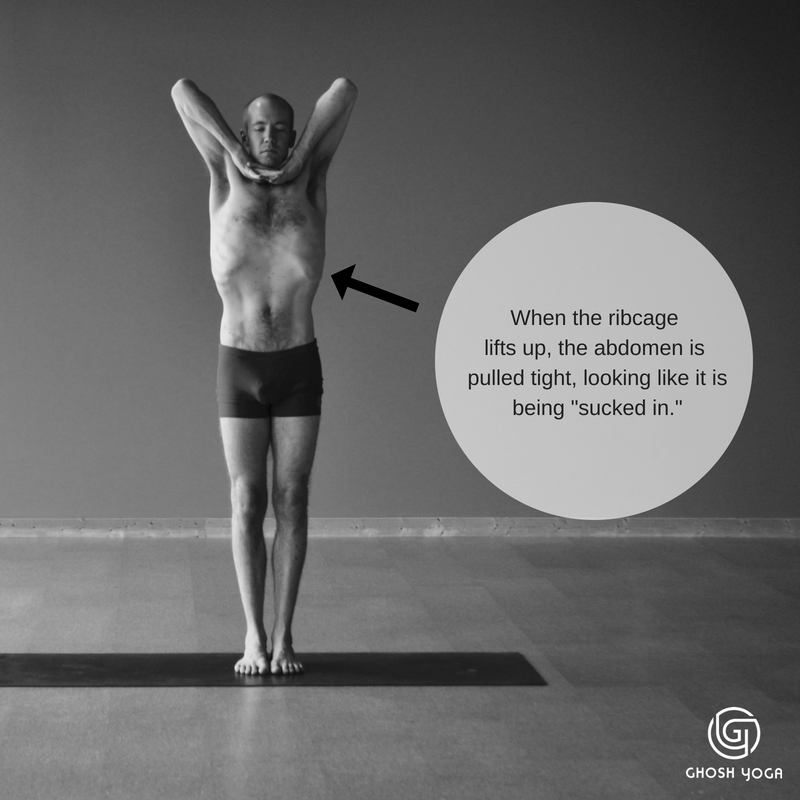
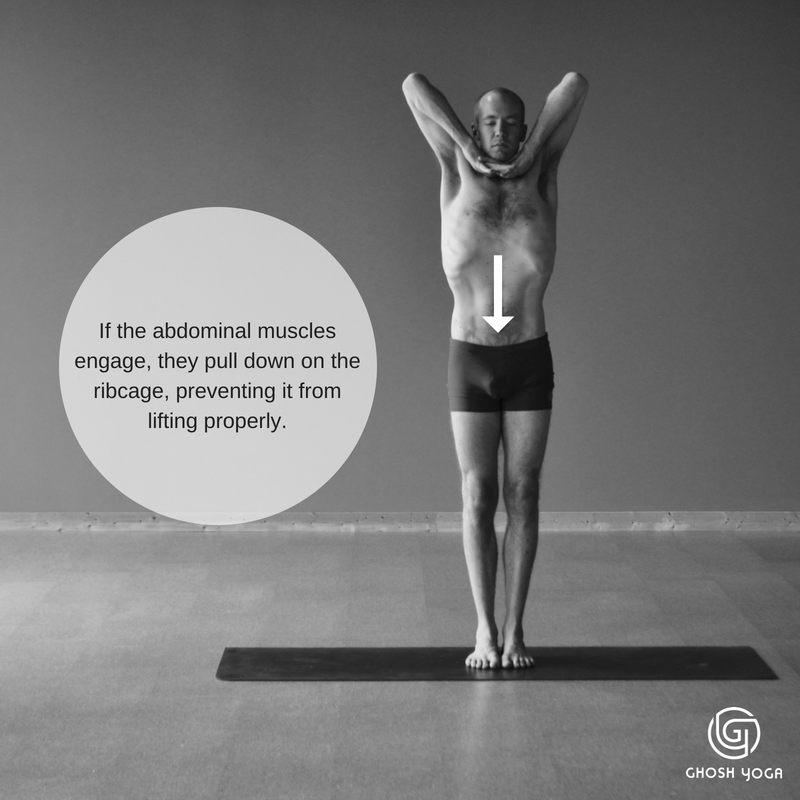
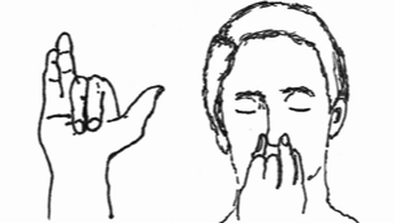
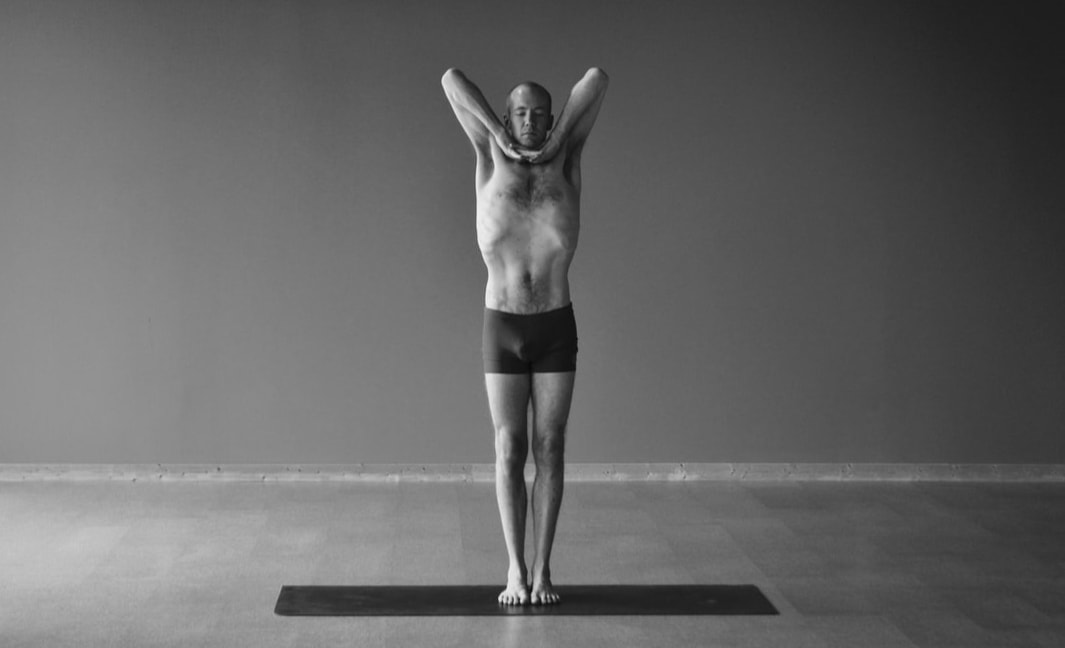
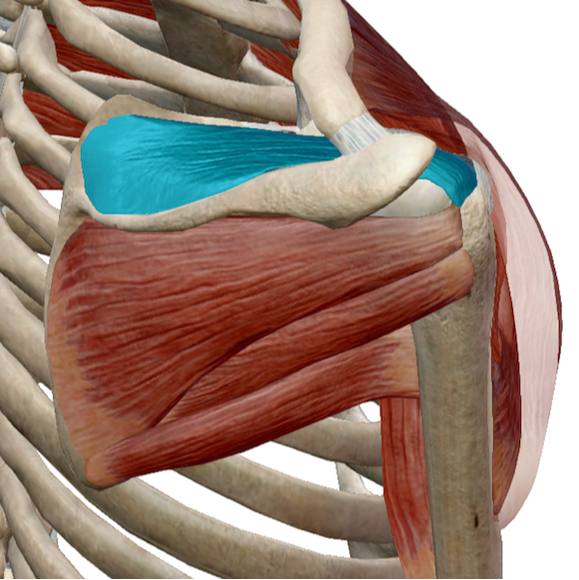
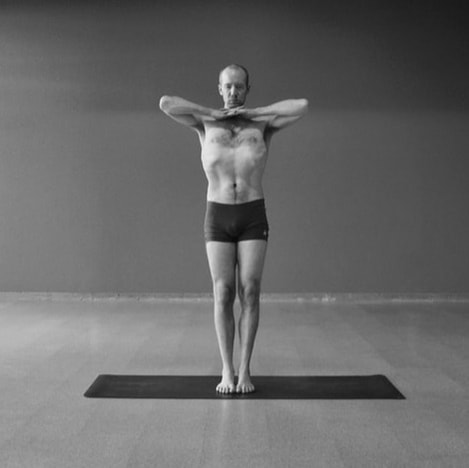
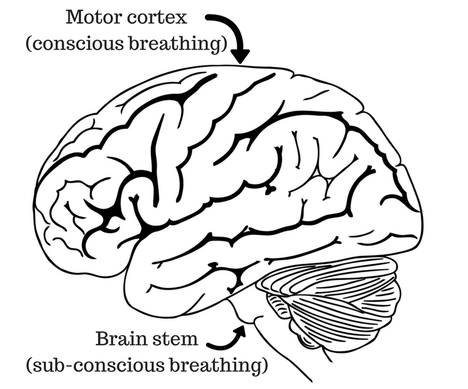
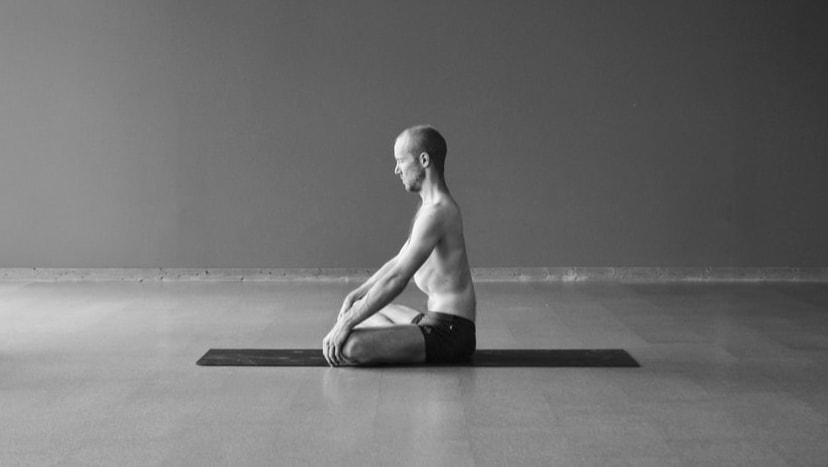
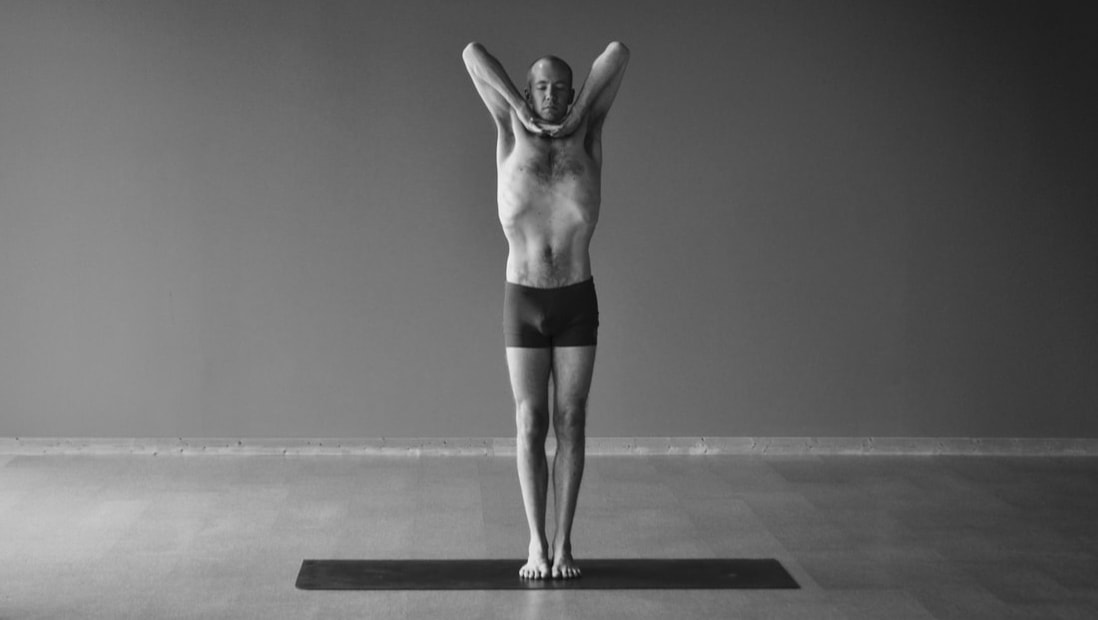
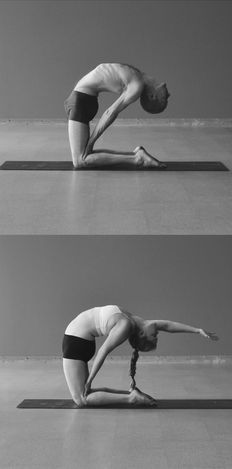
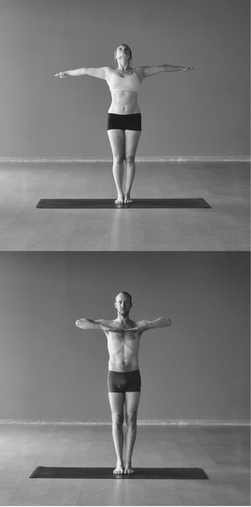
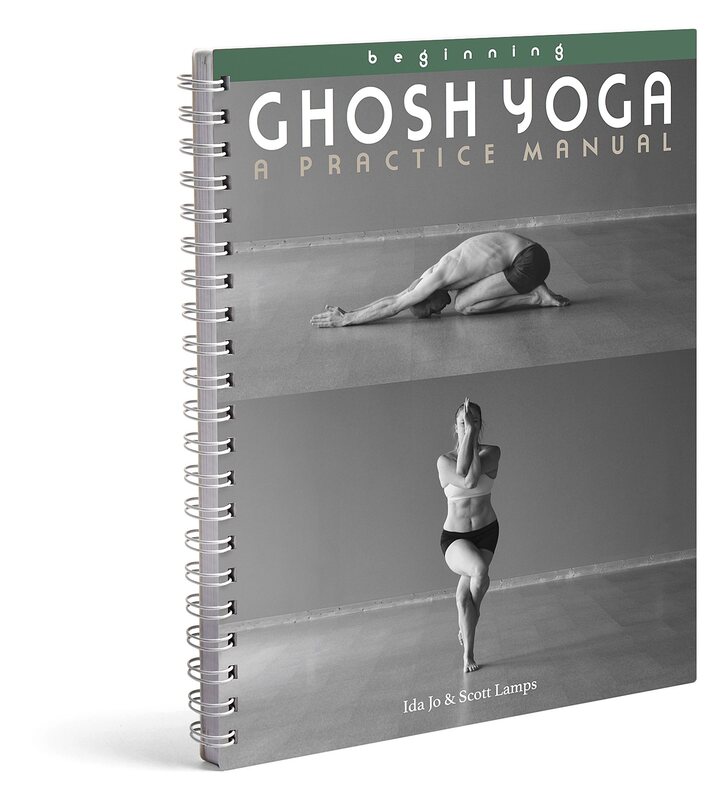
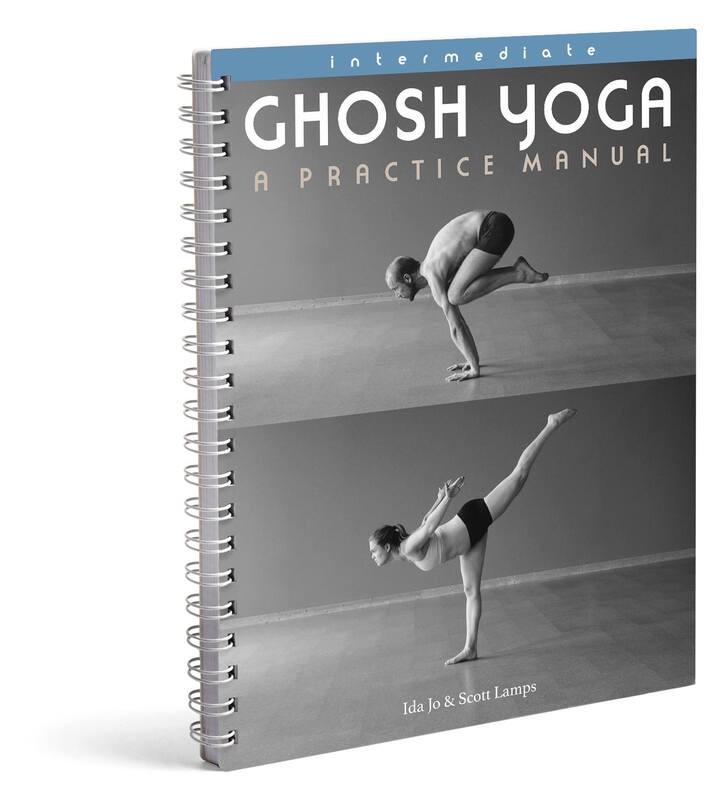
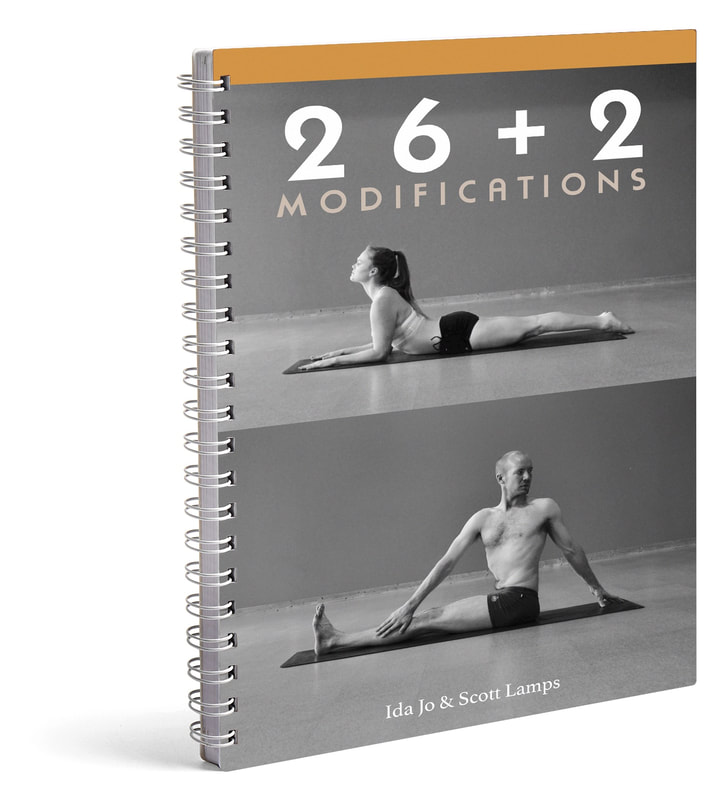

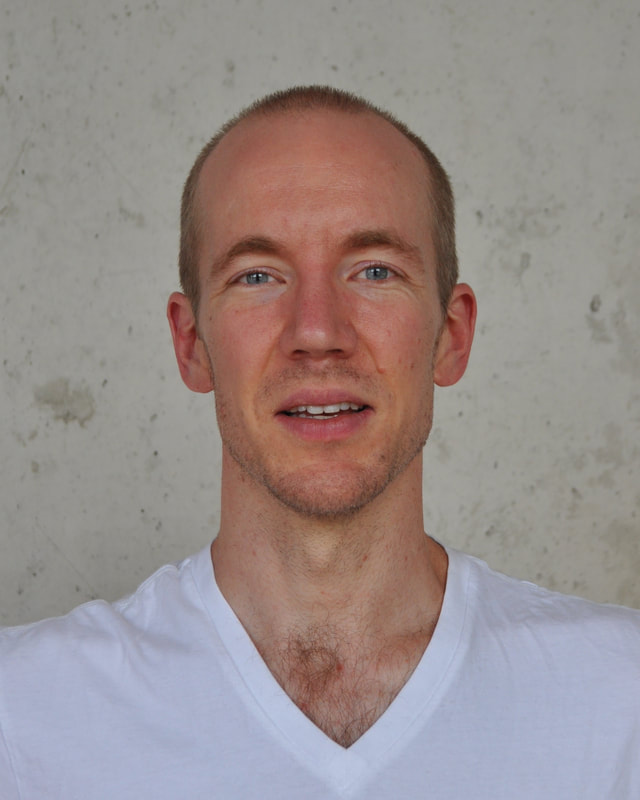
 RSS Feed
RSS Feed